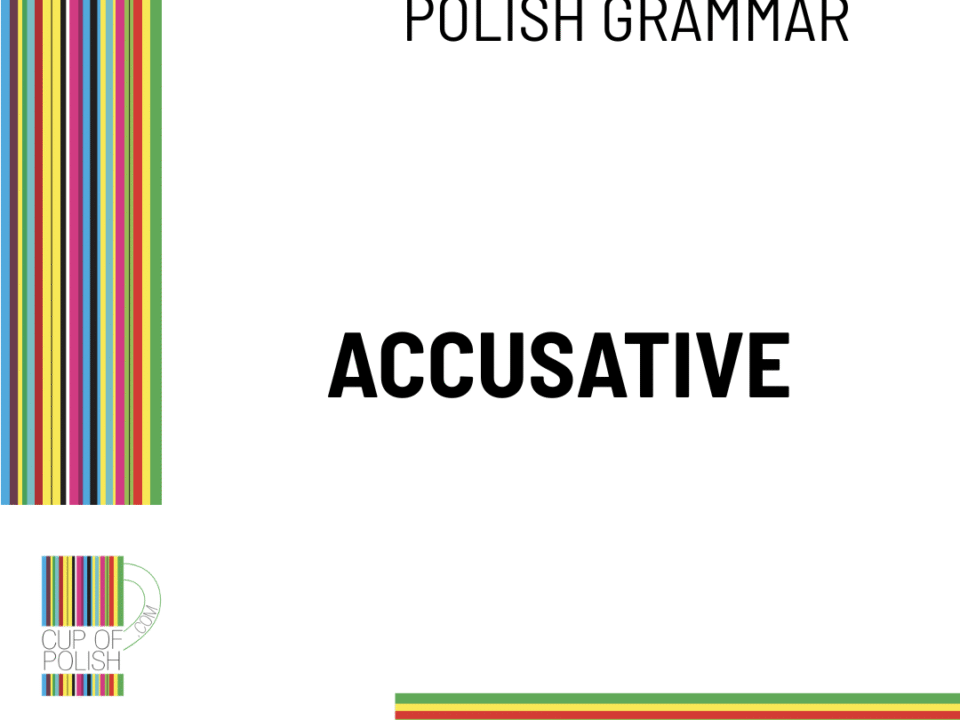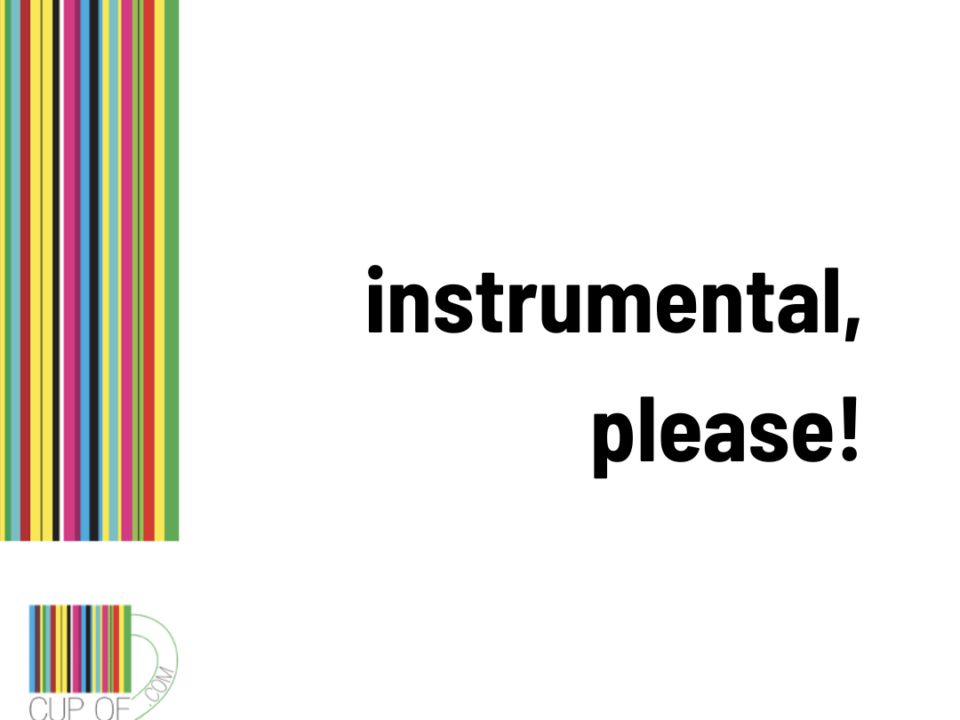
The Ultimate Guide to Learning Polish in Warsaw: Flexible Year-Round Enrollment
8 July 2025
Learning Polish in Central Warsaw – A Perfect Spot for Expats
22 July 2025You’ve been using a popular language app for a year, reached the end of the A1 level – and then I invite you to join a beginner group. From the very start. Why?
Recently, someone told me: “My learning style is Duolingo.”
It was the first time I’d heard that – and it really made me think.
What Apps Do Well
There’s no doubt that language apps like Duolingo use effective techniques to keep us engaged. Much like social media, they rely on powerful neurological mechanisms that help us build habits, stay consistent, and keep going, which, frankly, is often the hardest part of learning.
One of the key techniques is spaced repetition, strategically timed reviews that help you remember what you’ve learned. It’s based on Ebbinghaus’s forgetting curve, which shows that without review, we forget nearly everything within a week. Spaced repetition helps the brain consolidate new memories by strengthening pathways in the hippocampus and cortex.
Another strength? Gamification. Points, streaks, and levels trigger the brain’s reward system by releasing dopamine. That hit of satisfaction keeps you coming back for more and builds motivation and routine.
Apps are also multisensory: they combine sound, text, and images, engaging different areas of the brain like Broca’s area, Wernicke’s area, and the auditory and visual cortex. Add to that: no stress, full flexibility, learning at your own pace, in your own space.
Sounds perfect, right?
But Why Doesn’t It Translate to Real Communication?
The problem is this: app-based learning rarely prepares you for real-world communication.
You’re not actually having conversations. You don’t experience what it’s like to be understood or misunderstood in real-life situations. You don’t develop communication strategies or learn to deal with uncertainty, interruptions, or misunderstandings.
True communication isn’t just language.
It’s also culture, experience, body language, personality, and emotional context – things you only get from interacting with real people.
Another Issue: It’s Mostly Declarative Learning
Apps often rely on declarative memory – conscious recall of facts and vocabulary. But language fluency depends on procedural memory – being able to produce language automatically, without stopping to think about grammar rules.
Think about learning to drive, play an instrument, or type. At first, it takes effort. Then it becomes second nature. That’s procedural memory at work, and it’s what fluent speaking requires.
Language apps don’t train that. They don’t help you reach “unconscious competence”, the ability to speak without thinking through each step.
Points ≠ Proficiency
Gamification helps with motivation, but it can also become a distraction. Instead of learning deeply, you might focus on collecting points or finishing tasks.
You don’t integrate new words into your real-life experience or emotional context. You don’t build spontaneous sentences based on your own reality. You miss cultural nuance and subtlety.
Case in point? Many learners say “Jak się masz?” as the Polish equivalent of “How are you?” – because that’s what Google Translate tells them. But in real-life Polish, that phrase sounds… a bit like something from a 1960s party. It’s outdated and rarely used.
So, Are Apps Worth It?
As Lech Wałęsa famously said: “I’m for them, and against them.”
Apps can be a great tool if you use them wisely. But they shouldn’t be your only teacher.
Use them for structure, consistency, and review. But also find real people, real voices, and real conversation.
That’s where language truly lives.







